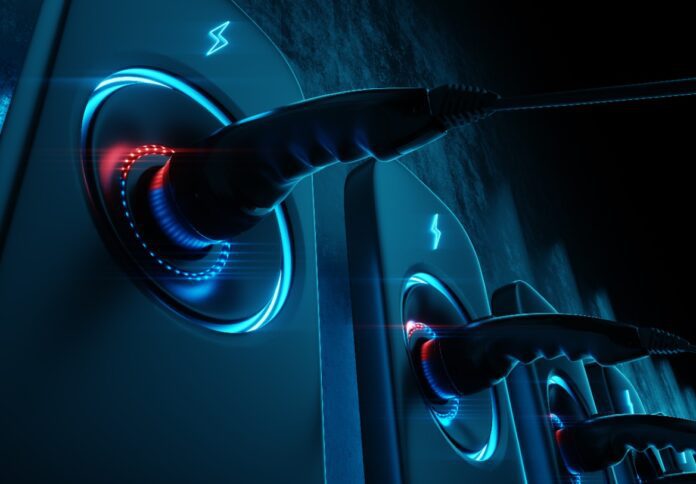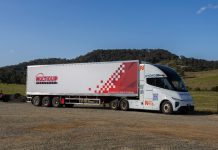
Government support for vehicle-to-grid (V2G) technology could help drive down electricity costs for all Australians, according to new modelling released by the Electric Vehicle Council (EVC).
The industry body said that a $3,000 rebate towards bidirectional EV chargers would not only benefit electric vehicle owners but deliver wider savings to the energy market.
V2G technology allows EVs – described as “giant batteries on wheels” – to send stored energy back into the electricity grid when demand peaks.
The EVC said this has the potential to reduce wholesale electricity prices and delay or eliminate the need for new energy infrastructure.
Electric Vehicle Council CEO Julie Delvecchio said Australia is well-placed to lead the world in adopting this technology. “Just as Australia became a rapid global leader in rooftop solar, we have the opportunity now to lead the charge in vehicle-to-grid uptake,” she said.
The modelling suggests that every dollar of government investment in V2G rebates could return $1.50 in economic benefits, including $4,500 in cumulative downward pressure on energy bills over five years.
Individual EV owners could also see personal financial benefits, earning around $1,000 annually by supplying power back to the grid during high-demand periods.
“EVs can store up to five times more energy than a typical home battery,” Delvecchio said. “That’s a huge untapped resource sitting in driveways, and with the right technology, we can use it to save money and support the grid, and make the whole system more reliable for everyone.”
The EVC is calling for V2G chargers to be included in the federal government’s $2.3 billion home battery program.
The Council argues this move would offer greater value for money and accelerate the uptake of EVs that can actively support the electricity network.
“Australia is home to more than 350,000 EVs, and a high proportion live in the middle and outer suburbs,” Ms Delvecchio said. “With some EVs now around $30,000, the upfront cost is making it more affordable for more Australians to make the switch to cheaper-to-run cars.”
She added that incorporating V2G into the national energy strategy could allow for faster coal power plant retirements.
“Unlocking this energy from EVs brings huge financial benefits that are in the national interest,” she said. “We need to encourage more people to use V2G chargers, which cost about the same as the average home battery at around $10,000.”
While V2G remains an emerging technology in Australia, a small number of early adopters are already feeding power back into the grid. The EVC says government support is critical to building momentum.
“A lesson we learnt from rooftop solar is that support from the government during the early years of adoption is essential to build momentum,” Delvecchio said.
“Over time V2G chargers will become increasingly affordable and more Australians will embrace this technology. But to get the ball rolling a rebate would be enormously constructive.”

















